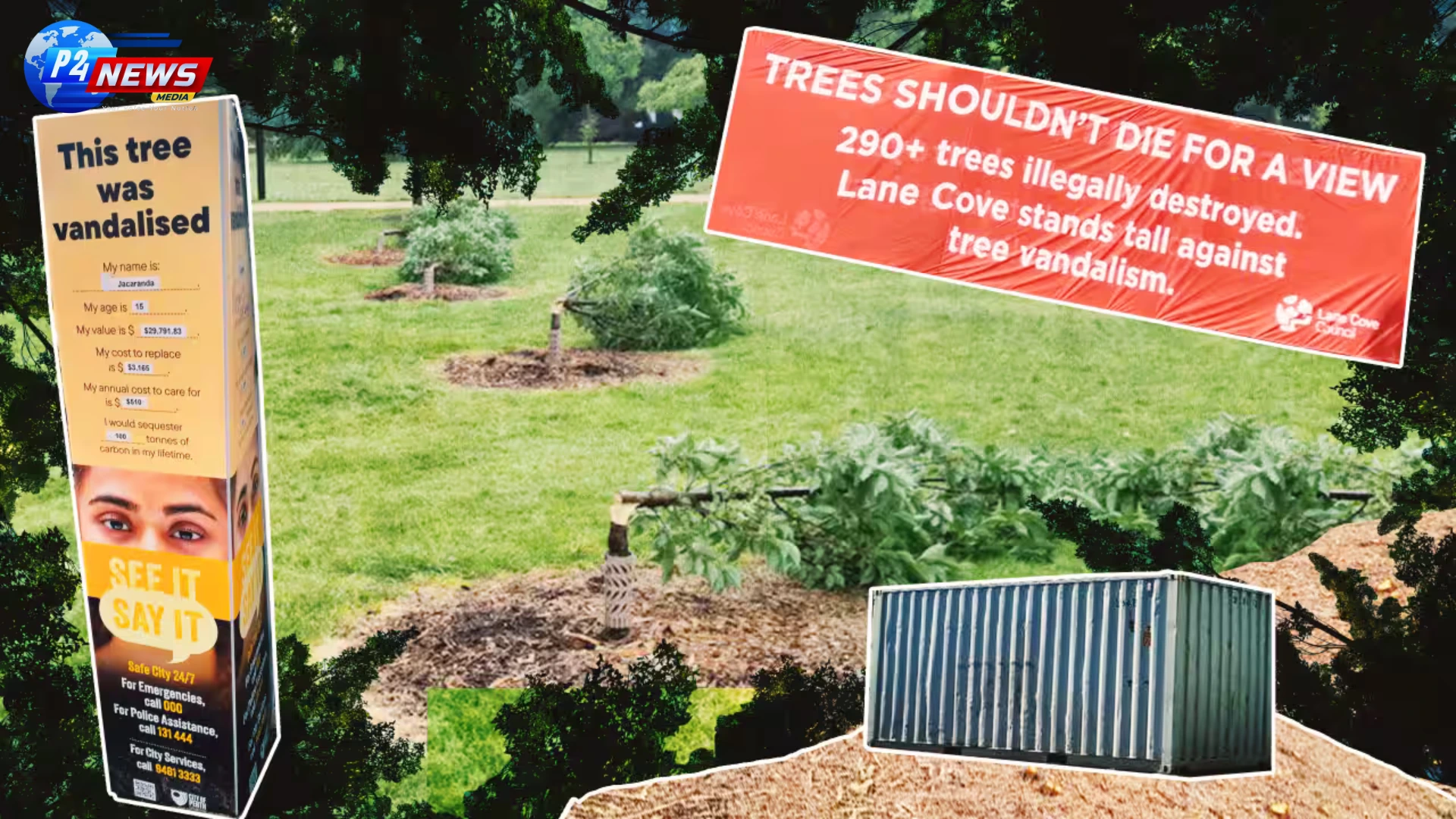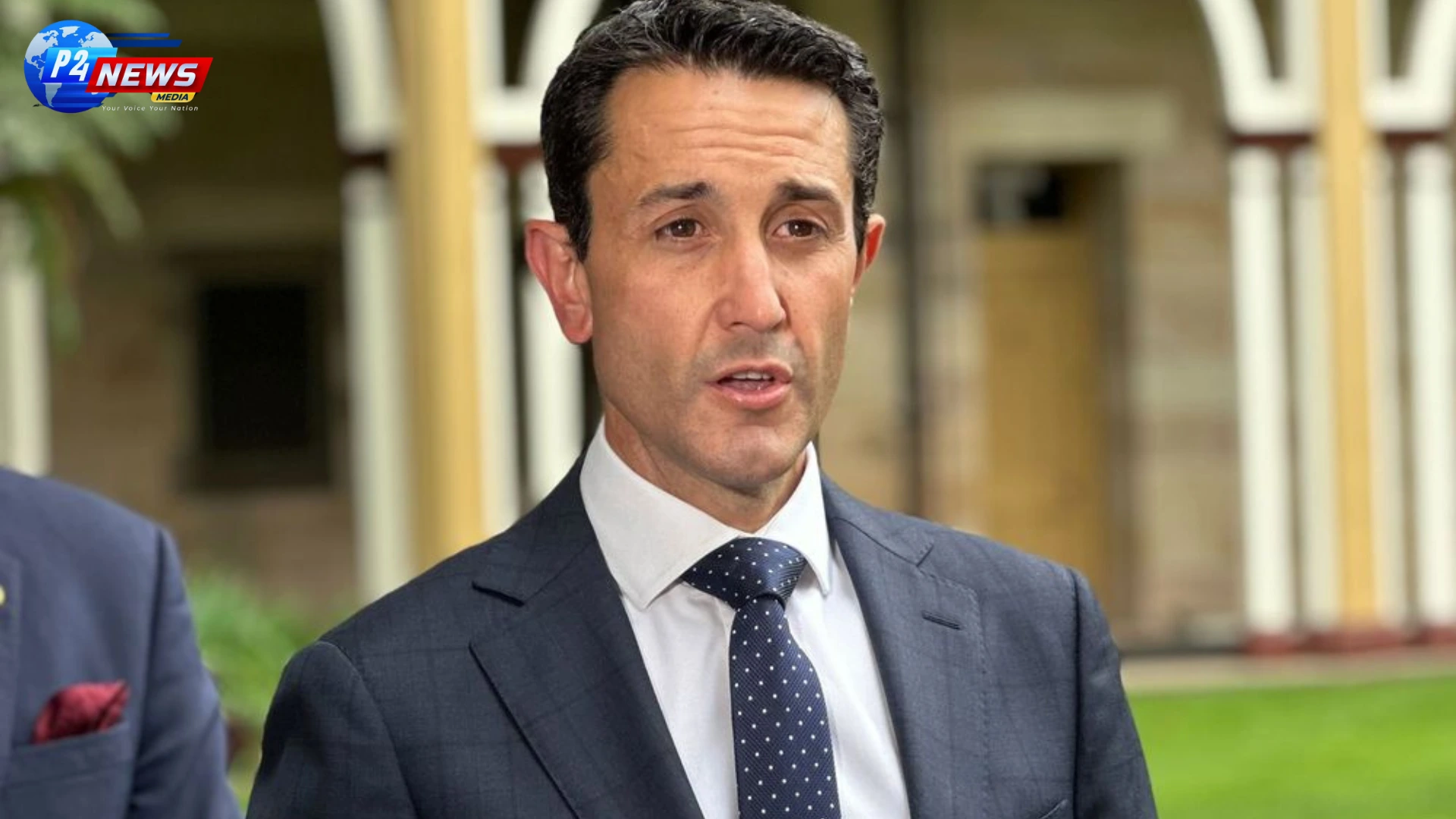An alarming trend has emerged in Australia as cases of mass tree vandalism multiply. This phenomenon raises critical questions about human motivations, environmental impact, and the consequences of such actions. Can these acts be justified? What can be done to protect our natural resources?
Why Are Some Australians Targeting Trees? The Shocking Rise of Environmental Vandalism
In recent months, Australia has witnessed a disturbing spike in incidents of tree vandalism, drawing attention from environmentalists and local councils alike. One of the most striking instances occurred in the City of Glen Eira, Victoria, where over $200,000 in damage was reported following a mass tree destruction spree. As the investigation unfolds, the underlying motives remain elusive and evoke a deeper inquiry into what drives individuals to such destructive behavior.
The Scale of Tree Vandalism
Tree vandalism is not an isolated issue; it’s a growing trend across Australia. Last November, a staggering 300 trees were mutilated at a reserve in Longueville, Sydney, prompting Mayor Scott Bennison to label it one of the worst environmental offenses in the region's history. This was not an isolated incident, as the parks of Glen Eira faced similar attacks, with reports indicating that nearly all newly planted trees in Ocean Reef, Perth, were destroyed. The question looms: what compels these acts against nature?
Understanding the Motivations Behind Tree Vandalism
At first glance, one might attribute tree vandalism to mere impulsivity or a generalized disdain for nature. However, experts suggest that the motivations are far more complex. Research on the subject is still nascent, but Gregory Moore, a senior research associate from the University of Melbourne focusing on arboriculture, notes that systematic tree destruction has surged dramatically over the past decade. Previously, discussions centered around minor acts of vandalism, but today, we find ourselves contending with large-scale assaults on urban forestry.
Financial Incentives and Property Views
One prevalent motive for such behavior appears to be financial gain, particularly in urban areas where trees obstruct coveted waterfront views. Real estate analyses reveal that properties near water bodies command a price premium averaging 118%. This financial allure often drives homeowners to harm surrounding trees, with a desire to enhance property values by improving sightlines.
However, some recent acts of vandalism defy this clear motive. The recent destruction of young trees in Glen Eira, where no obstructive views were available, puzzles local authorities. Niall McDonagh, the director of sustainability for the council, expressed concern over the unprecedented scale of this targeted destruction and emphasized the need for further understanding of the motives behind these actions.
Caught in a Legal Quagmire
The consequences for those caught vandalizing trees seem disproportionately lenient compared to the environmental damage inflicted. In Victoria, fines can reach up to $218,000, and offenders may face imprisonment for up to 10 years. Despite these severe penalties, successful prosecutions remain scarce due to challenges in gathering appropriate evidence. Many acts are stealthily conducted with minimal witness accounts, complicating the task of bringing offenders to justice.
Alternative Approaches to Combat Tree Vandalism
In light of the challenges in criminal prosecution, local councils are exploring creative solutions to deter tree vandalism. In an effort to discourage further destruction, Lane Cove City Council erected a striking orange banner post-tree massacre, boldly proclaiming, "Trees shouldn't die for a view." The banner will remain until the new trees grow to a comparable height, serving as a constant reminder of the ecological cost of such actions.
Other councils have taken more drastic steps, like Brighton-Le-Sands, which strategically positioned shipping containers to block any potential ocean views lost from tree removals. The aim is to signal that such destructive behavior will not be tolerated.
Shifting Public Perspective on Trees
While the incidences of tree vandalism are alarming, there is hope for a future where public awareness and appreciation for trees are heightened. Gregory Moore argues for a broader understanding of the invaluable services trees provide beyond aesthetic appeal. Trees play essential roles in urban ecosystems, including stormwater management, habitat provision for wildlife, carbon sequestration, and even improving public health. By educating the public on these benefits, we may foster a more respectful attitude toward our green spaces and significantly reduce acts of vandalism.
As incidents of tree vandalism continue to rise, it is essential for communities to unite in discovering effective strategies that not only punish offenders but also promote a culture of environmental stewardship. Only through collective awareness and action can we hope to preserve our precious trees for future generations.
















Comments 0